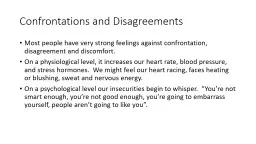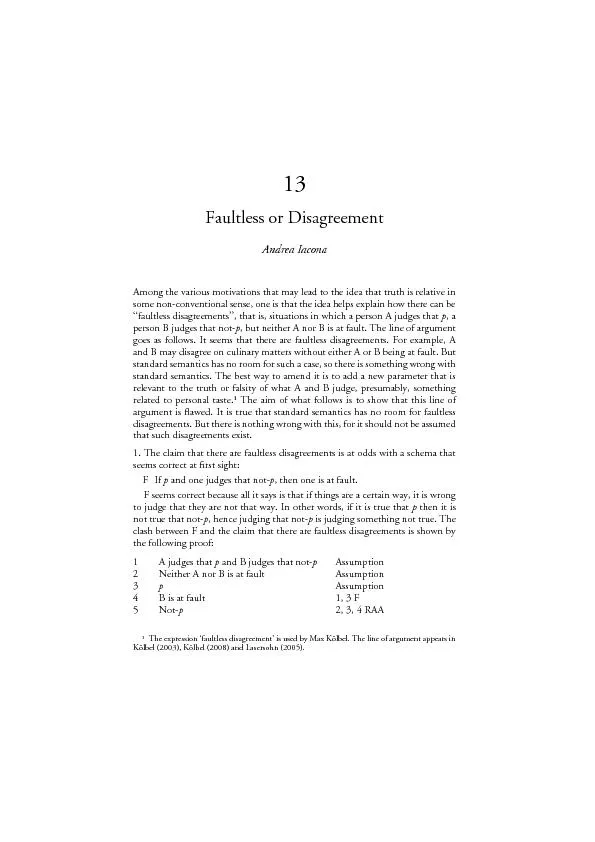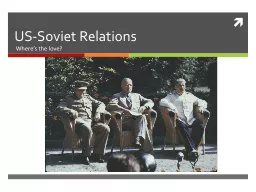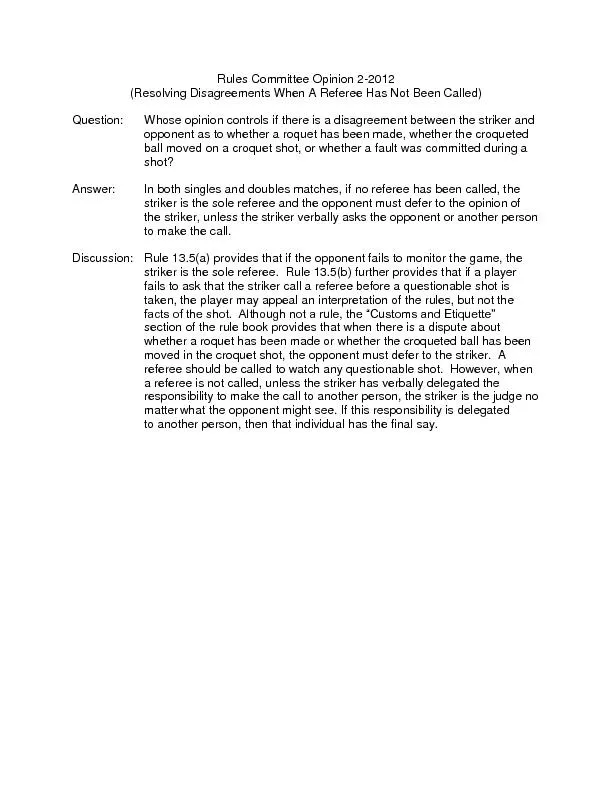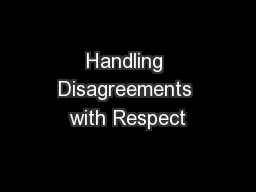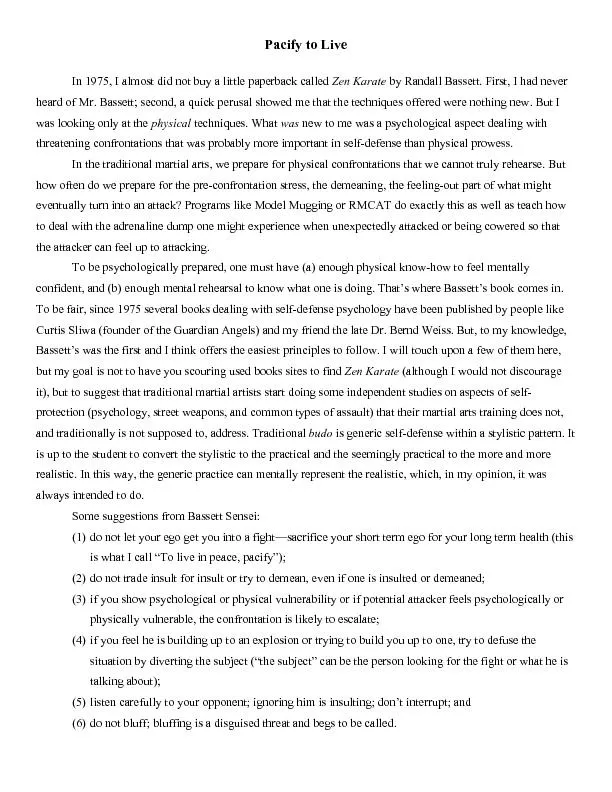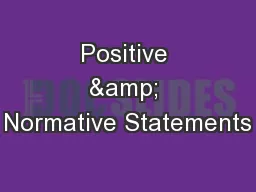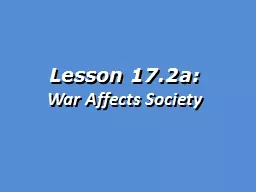PPT-Confrontations and Disagreements
Author : Vikingwarrior | Published Date : 2022-08-02
Most people have very strong feelings against confrontation disagreement and discomfort On a physiological level it increases our heart rate blood pressure and
Presentation Embed Code
Download Presentation
Download Presentation The PPT/PDF document "Confrontations and Disagreements" is the property of its rightful owner. Permission is granted to download and print the materials on this website for personal, non-commercial use only, and to display it on your personal computer provided you do not modify the materials and that you retain all copyright notices contained in the materials. By downloading content from our website, you accept the terms of this agreement.
Confrontations and Disagreements: Transcript
Download Rules Of Document
"Confrontations and Disagreements"The content belongs to its owner. You may download and print it for personal use, without modification, and keep all copyright notices. By downloading, you agree to these terms.
Related Documents

